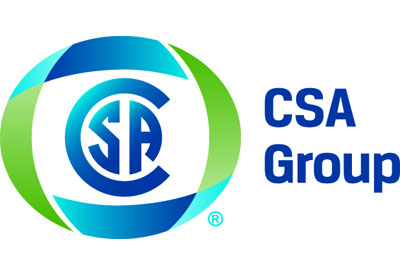Regulator Involvement in Writing the CE Code: Guiding Safe Installations for More Than 80 Years

September 22, 2017
By Alison Drover
The Canadian Electrical Code, Part I, is an integral part of the Canadian electrical safety system — a system that works hard by design to keep, electricians, consumers, and the public safe from harm.
With a history dating back to the early 20th century, the CE Code, Part I, is the original, authentic Canadian-based safety standard developed to make electrical installations and maintenance safer. It is one of CSA Group’s oldest and most respected standards largely because of the expertise and dedication of the people who write it. From the first edition of the CE Code, which was published in 1927, all the way up to the upcoming 24th edition due to publish in January of 2018, the combined expertise of volunteer committee member — from industry, utilities, regulators, consumers and other relevant stakeholders — has been its backbone. In particular, the contributions of regulators from across the country is critical.
In Canada, each province and territory has specific legislation governing electrical safety in its jurisdiction. This includes the adoption of codes and standards as well as appointing an authority to administer the legislation, referred to as the Authorities Having Jurisdiction (AHJ). Each province and territory also designates a representative, usually the chief electrical inspector or equivalent, to participate on the Canadian Electrical Code, Part I Committee.
“As the AHJ for electrical safety, regulatory involvement is critical to developing a model code designed for adoption across Canada,” says Tim Pope, Senior Project Manager for Electrical Standards at CSA Group. “Regulatory authorities are generalist experts who know the code inside and out, and front to back. Regulatory authorities also keep an eye on new code proposals to flag those that are unenforceable, or that may conflict with existing legislation.”
Add the expertise of regulators with a meticulous standards development process and the result is a detailed and consistent document that is ready to be adopted into legislation within each province and territory, with minimum variation, from coast to coast. “The CE Code development process follows rigid procedures that adhere to strict consensus principles,” continues Pope, “While ensuring that even a single voice in opposition is given consideration by the full Committee.”
Aside from being adopted in the provinces and territories, the CE Code is also referenced by the federal Canada Labour Code. This is all part of the electrical safety system in Canada.
Alison Drover is a Marketing Project Manager for CSA Group.




![Guide to the Canadian Electrical Code, Part 1[i] – A Road Map: Section 52 — Diagnostic imaging installations](https://electricalindustry.ca/wp-content/uploads/2022/11/Guide-CE-Code-2-768x432.png)





![Guide to the Canadian Electrical Code, Part 1[i] – A Road Map: Section 52 — Diagnostic imaging installations](https://electricalindustry.ca/wp-content/uploads/2022/11/Guide-CE-Code-2.png)






